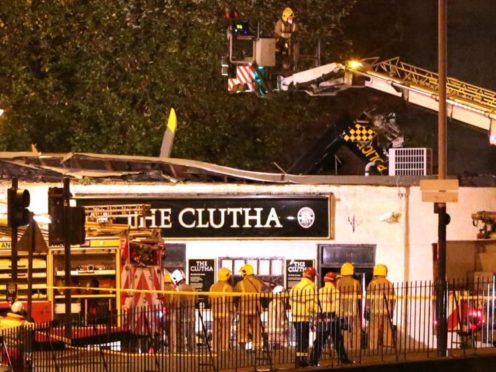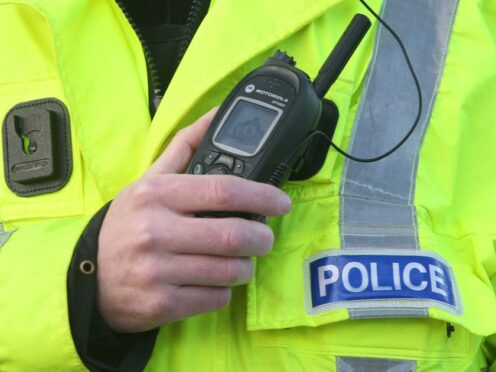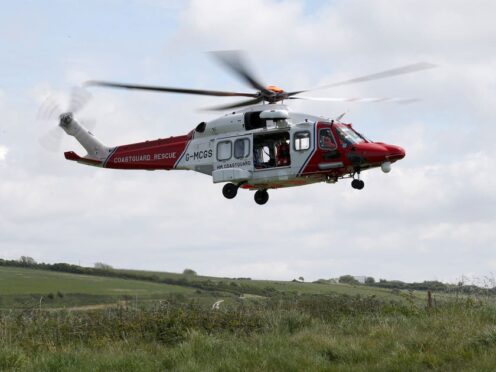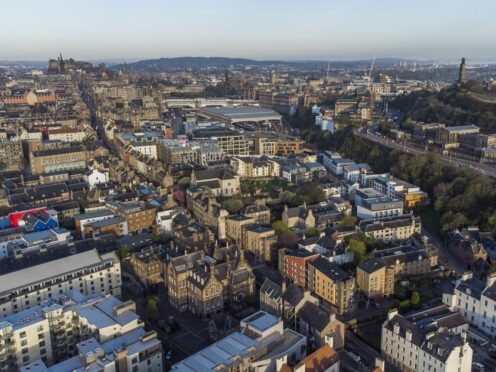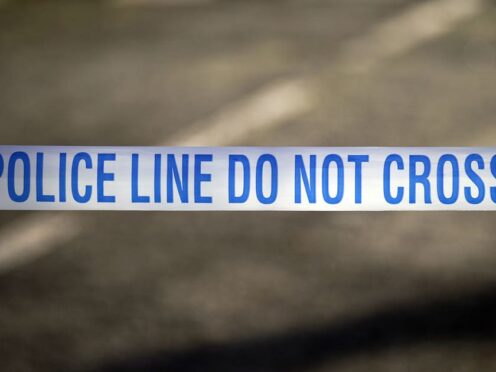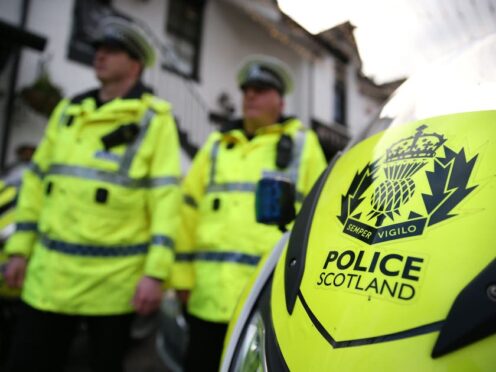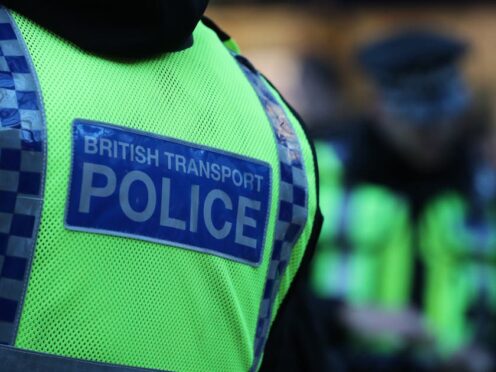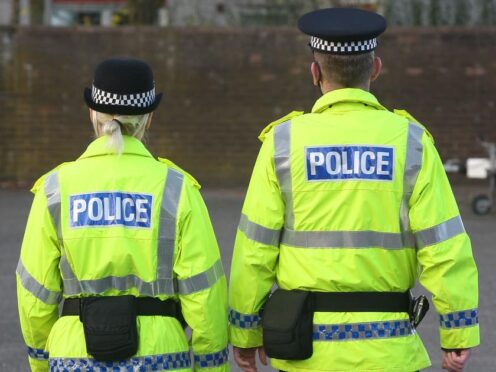A helicopter crash which killed 10 people could have been prevented if the pilot had followed emergency procedures relating to low fuel warnings, an inquiry has found.
Three crew members and seven customers died when a police aircraft fell into the roof of the Clutha bar in Glasgow on November 29 2013.
A Fatal Accident Inquiry (FAI) found that the crash happened after the helicopter’s engines flamed out sequentially while the helicopter was airborne, as a result of fuel starvation, due to depletion of the contents of the supply tank.
The inquiry concluded that the accident was caused by Captain Traill’s failure to ensure that at least one of the fuel transfer pump switches was set to on.
In his determination, Sheriff Principal Craig Turnbull said the central issue was why the pilot, Captain David Traill, allowed the supply tanks to deplete to the point that they did when there was more than sufficient usable fuel available to him in the main tank to allow the helicopter to return to its base.
The report found that both the fuel transfer pump switches were in the off position when the low fuel warnings were triggered.
It said that had one or both of them been switched back on by Captain Traill at that point in time the helicopter would not have crashed, however they were not switched back on.
The Sheriff Principal’s determination found that there was enough time between the first and second engine flame-outs for Captain Traill to have switched on the fuel transfer pumps.
The pilot, two crew members and seven customers in the Clutha bar in Glasgow were all killed when the Police Scotland helicopter crashed on to the roof of the building on November 29 2013.
A further 31 people in the pub were injured.
A Fatal Accident Inquiry (FAI) took place before Sheriff Principal Craig Turnbull in a temporary court at Hampden in Glasgow between April and August this year.
More than 100 people were at the pub when the helicopter crashed as it was returning to its base on the banks of the River Clyde.
One eyewitness who gave evidence at the FAI told how the helicopter made a “spluttering noise” before it fell from the sky while another said it sounded like a car stalling.
An Air Accidents Investigations Branch (AAIB) report published in 2015 found two fuel supply switches were off and the pilot did not follow emergency procedures after a fuel warning in the cockpit.
Those who were in the helicopter were pilot David Traill, 51, Pc Tony Collins, 43, and Pc Kirsty Nelis, 36.
The seven customers who were killed were Gary Arthur, 48, Joe Cusker, 59, Colin Gibson, 33, Robert Jenkins, 61, John McGarrigle, 58, Samuel McGhee, 56, and Mark O’Prey, 44.
The Sheriff Principal found that the accident might have been avoided if the pilot had followed the procedure set down in the Pilot’s Checklist – Emergency and Malfunction Procedures in respect of the Low Fuel 1 and/or Low Fuel 2 warnings.
He said that a second thing which might have led to the accident being avoided was for Airbus Helicopters Deutschland GmBH to have included some kind of aural warning which activated where both fuel transfer pumps had been switched off.
The Sheriff Principal determined that there were no defects in any system of working which contributed to the deaths and that no aspect of the training of pilots contributed to the accident.
However he found that the quantities of fuel displayed on the fuel quantity indication system of the helicopter contradicted the low fuel warnings.
The Sheriff Principal said that there was no evidence whatsoever to suggest that Captain Traill deliberately caused the helicopter, referred to as G-SPAO, to crash on November 29 2013.
He said that there was evidence to suggest that he “made a valiant attempt to land G-SPAO after both engines had flamed out”.
He wrote: “That being the case, having regard to the foregoing matters, I can but conclude that it is more likely than not that the quantities of fuel displayed on the fuel quantity indication system of G-SPAO contradicted the low fuel warnings, in a manner that persuaded Captain Traill that it was safe to continue flying.”
More to follow.
